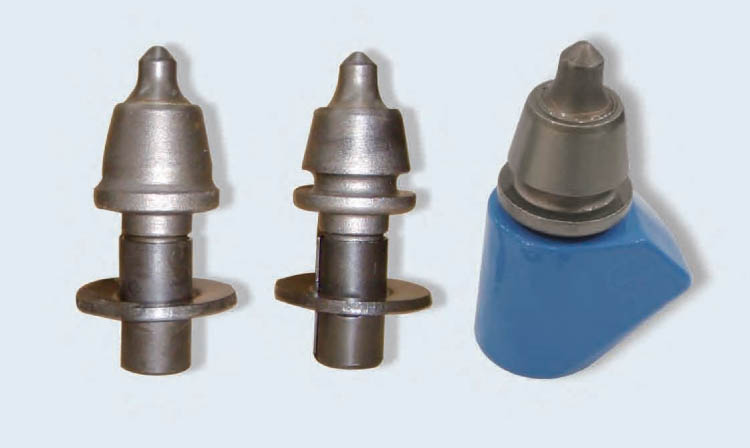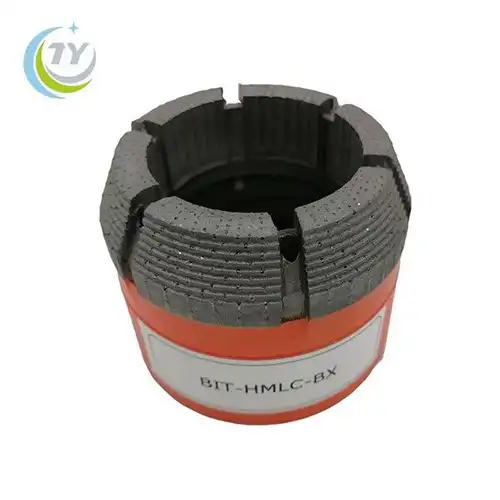content
Milling is performed by construction equipment called milling machines or cold planers. These machines use a large rotating drum removing and grinding the road surface. The drum consists of scrolls of tool holders. The scrolls are positioned around the drum such that the ground pavement is moved toward the center and can be loaded onto the machines conveyor belt. The tool holders can wear out over time and can be broken while milling if highway structures like manholes are encountered while milling.
 HT11-D20 holder |  HT11-D22 holer |
The tool holders hold carbide cutters on the drum. The cutters can be removed and replaced as they wear out. The amount of wear (and therefore the interval between replacement) varies with the type and consistency of the material being milled; intervals can range between a few hours to several days.

The drum is enclosed in a housing/scrapper that is used to contain the milled material to be collected and deposited on the conveyor. The spacing of the tool spirals around the drum affect the end surface of the road, with micro-milling having the tightest spacing.
The majority of milling machines use an up-cut setup which means that the drum rotates in the reverse direction to the drive wheel or tracks. The speed of the rotating drum should be slower than the forward speed of the machine for a suitable finished surface.
Modern machines generally use a front loading conveyor system that have the advantage of picking up any material that falls off the conveyor as milling progresses. Water is generally applied to the drum as it spins, because of the heat generated during the milling process. Additionally, water helps control the dust created. In order to control the depth, slopes, and profile of the final milled surface many millers now have automatic depth control using lasers, string-lines, or other methods to maintain milled surfaces to ±5 mm (0.20 in) of the target height.





